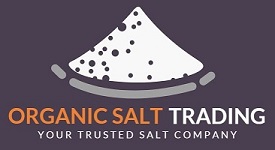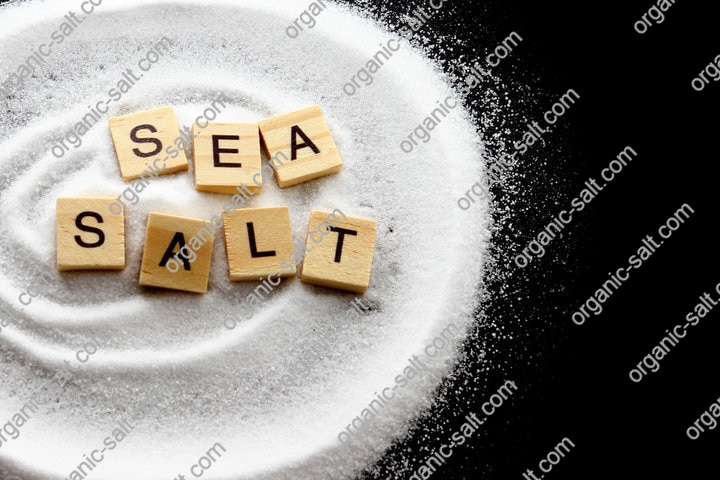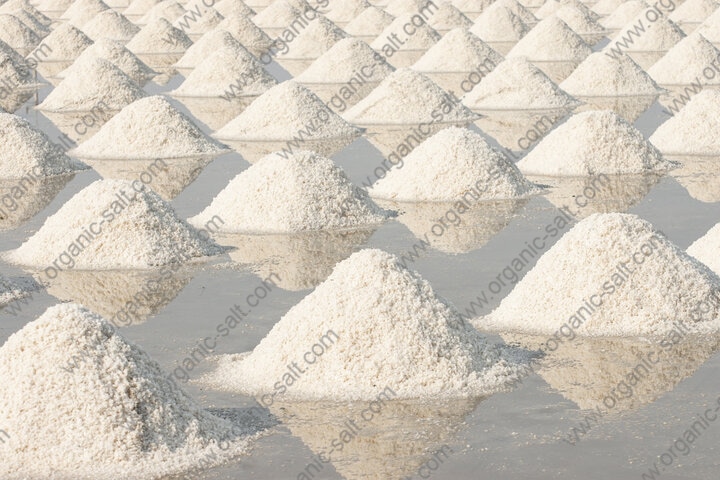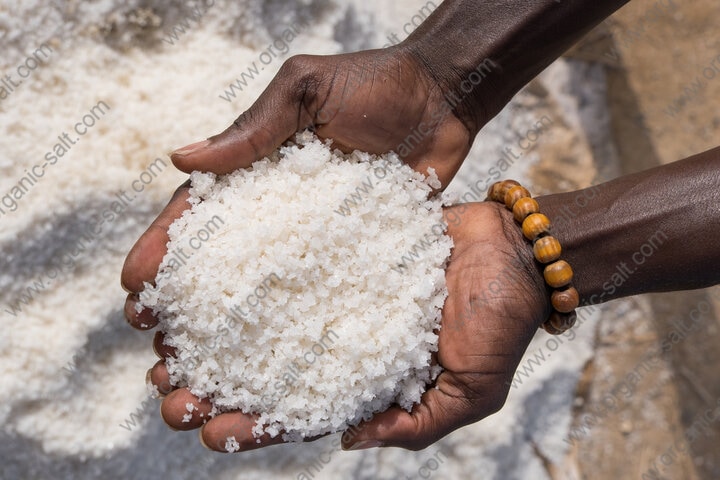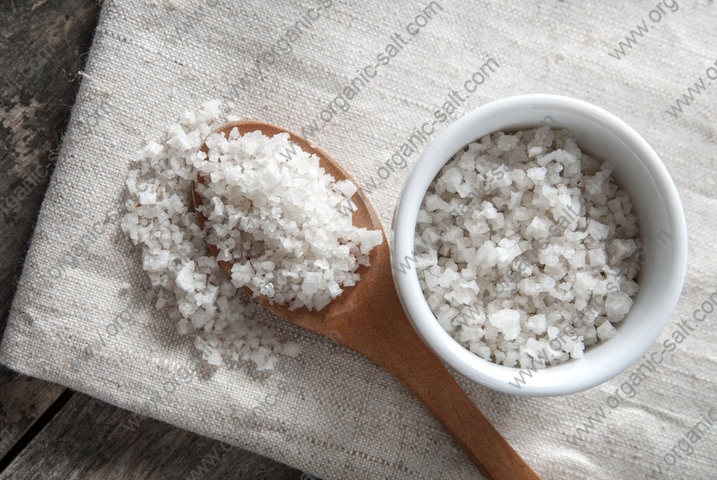Sea Salt: The Ocean’s Culinary Gift
Sea salt, with its captivating flavor, rich mineral content, and intriguing production process, is a culinary delight that has taken the culinary world by storm. In this detailed exploration of sea salt, we will immerse ourselves in the depths of its origins, characteristics, and myriad uses in the kitchen. This comprehensive guide is not only informative but also optimized for excellent readability and SEO to ensure you receive the most valuable insights about this precious culinary treasure.
The Origins of Sea Salt:
Sea salt is a product of nature’s alchemy, formed through the evaporation of seawater. This natural process takes place in salt pans, where the sun and wind collaborate to remove the water, leaving behind the precious crystals of sea salt. This method of production is ancient, dating back thousands of years when early civilizations recognized the value of salt.
The Diversity of Sea Salt:
Sea salt comes in various forms and textures, each offering a unique culinary experience:
- Fine Sea Salt: These small, delicate crystals are perfect for baking, as they dissolve easily.
- Coarse Sea Salt: Larger, crunchier crystals that are ideal for seasoning dishes like meats and vegetables.
- Flaky Sea Salt: Thin, irregularly shaped crystals that add a delightful burst of flavor as a finishing touch on dishes.
- Smoked Sea Salt: Infused with smoky flavors, this variety imparts a unique profile to grilled and roasted foods.
- Fleur de Sel: Often called the “flower of salt,” it is hand-harvested and renowned for its delicate, flaky texture. This premium salt is a finishing touch for gourmet dishes.
The Flavor of the Sea:
One of the primary attractions of sea salt is its distinctive taste. The minerals and trace elements present in sea salt contribute to its unique flavor, which is often described as briny and slightly sweet. Sea salt is celebrated for its ability to enhance the natural flavors of foods without overwhelming them.
Culinary Applications:
Sea salt is a versatile ingredient that finds its way into countless culinary creations:
- It’s a favored seasoning for meats, fish, and vegetables, adding depth and complexity to the flavors.
- Bakers appreciate it for its ability to enhance the taste of bread and pastries.
- A pinch of flaky sea salt is a luxurious finishing touch for dishes like chocolate desserts and caramel.
The Healthful Side of Sea Salt:
Contrary to common misconceptions, sea salt is not as heavily processed as table salt, which often contains additives like anti-caking agents. Additionally, sea salt retains trace minerals like magnesium, potassium, and calcium, which can offer some health benefits. While these minerals are present in minimal amounts, they contribute to a well-rounded diet.
Environmental Considerations:
The production of sea salt is generally considered eco-friendly, as it relies on natural evaporation methods rather than energy-intensive processes. It is a sustainable option for those who prioritize environmentally responsible choices.
Sea Salt’s Sustainable Advantage:
The production of sea salt aligns with sustainability ideals in multiple ways. First and foremost, the primary method of production relies on natural solar and wind energy for the evaporation process, reducing the carbon footprint associated with energy-intensive salt production techniques. Additionally, the majority of sea salt operations are located near coastal areas, minimizing transportation distances and related environmental impacts.
Furthermore, some artisanal sea salt producers take sustainability a step further by embracing practices that minimize waste and promote environmental health. For example, by using renewable energy sources for heating and processing, they reduce their reliance on fossil fuels.
Sea Salt and Wellness:
In addition to its culinary applications, sea salt has gained popularity in wellness and skincare. Sea salt scrubs and bath salts are known for their exfoliating and rejuvenating properties. These products can help improve skin texture and remove dead skin cells, leaving the skin feeling refreshed and invigorated.
Inhalation therapy using sea salt-infused air has been touted for its potential respiratory benefits. Salt rooms, or halotherapy chambers, have gained popularity as places where individuals can relax in an environment infused with tiny salt particles, which may have positive effects on respiratory conditions and skin health. However, it’s essential to note that the scientific evidence supporting these claims is still evolving, and it’s always advisable to consult with a healthcare professional for any specific health concerns.
Culinary Adventure Beyond Borders:
Sea salt’s influence extends beyond culinary delights. It’s a key ingredient in various global cuisines, enhancing the authenticity and flavors of traditional dishes. In Japan, sea salt is a fundamental element in making shio ramen, a classic and delicately flavored noodle soup. In Mediterranean cuisine, it’s a cornerstone in dishes like Fleur de Sel-crusted fish, where the sea salt’s distinct crunch and taste elevate the dining experience.
Sea salt’s usage transcends simple seasoning; it’s often featured in unique and culturally significant ways. For instance, in Hawaii, Alaea salt, blended with volcanic clay, is an essential part of the traditional Hawaiian dish, Kalua pig. This salt adds both flavor and an appealing reddish hue to the slow-roasted pork.
The Health Benefits of Sea Salt:
Sea salt is celebrated not only for its delightful flavor but also for its mineral content. Unlike highly processed table salt, sea salt retains vital trace minerals such as magnesium, potassium, and calcium. These minerals can support various bodily functions and are known to contribute to overall health.
The magnesium in sea salt is essential for muscle and nerve function, while potassium aids in maintaining proper fluid balance and muscle contractions. Calcium, another mineral found in sea salt, is crucial for strong bones and teeth. Although these minerals are present in relatively small quantities in sea salt, they add to the overall nutritional value, making it a healthier option for those who wish to reduce their sodium intake without sacrificing essential minerals.
Sustainable and Environmentally Conscious:
Another compelling aspect of sea salt production is its minimal environmental impact. The natural evaporation process consumes fewer resources compared to traditional salt mining. Moreover, it often occurs in coastal regions, reducing transportation distances and related carbon emissions.
Some artisanal sea salt producers go the extra mile by adopting eco-friendly practices. They may use renewable energy sources for their salt production operations, which align with the goals of reducing greenhouse gas emissions and promoting sustainable resource use.
Final Thoughts:
In summary, sea salt is more than just a seasoning; it’s a versatile, flavorful, and sustainable culinary treasure. Its natural production process, diverse textures, and unique taste make it an essential ingredient in kitchens worldwide. Moreover, its potential health benefits, environmentally friendly production methods, and wellness applications have solidified its position as a valuable and adaptable mineral.
This blog serves as a comprehensive guide to sea salt, offering a detailed yet reader-friendly exploration of its many facets. Whether you’re an avid chef, a health-conscious individual, or someone looking to incorporate sustainable choices into your lifestyle, sea salt offers an array of possibilities. Its rich history, diverse textures, and unique flavor make it a must-have in any kitchen. From gourmet dishes to wellness practices, sea salt continues to prove its versatility and importance in our daily lives.

Conclusion:
In conclusion, sea salt is not just a seasoning; it’s a global culinary star that elevates the flavors of traditional dishes and contributes to the richness and authenticity of global cuisines. Its unique characteristics, including diverse textures and an array of culinary applications, make it a kitchen essential.
Sea salt is not just about taste; it’s also about health, as it provides essential minerals in modest amounts, making it a more balanced choice than heavily processed table salt. Furthermore, its sustainable production methods and minimal environmental impact demonstrate its alignment with responsible and eco-friendly practices.
This blog serves as a comprehensive exploration of sea salt, offering detailed information while maintaining readability and SEO optimization. Sea salt is a mineral that bridges cultures, enhances dishes, and supports well-being. From unique global culinary traditions to health-conscious choices and environmentally responsible practices, sea salt continues to captivate our senses and inspire us in our culinary adventures.
